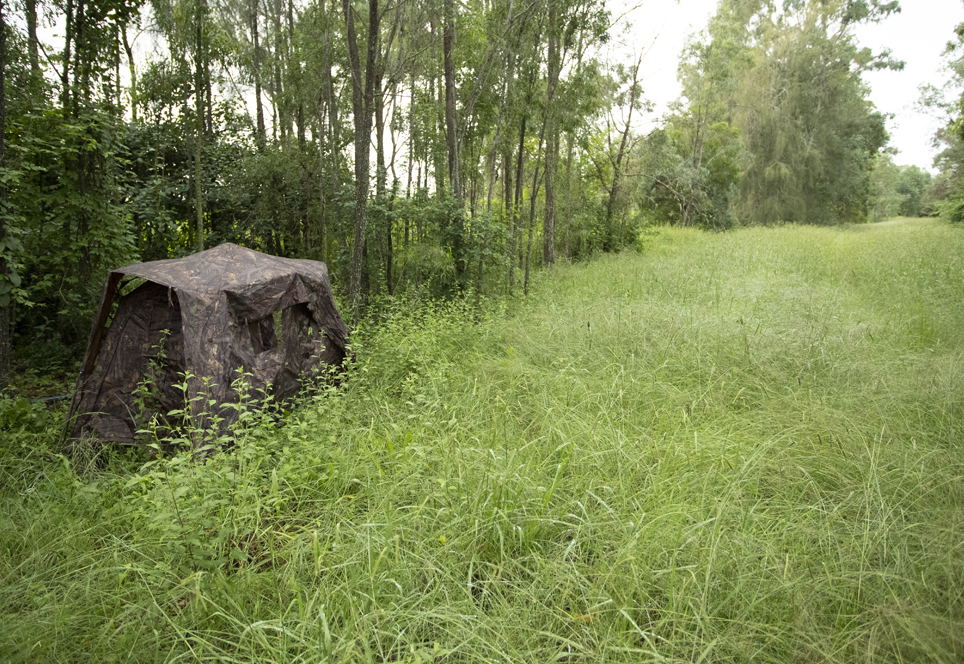A collection of moments and stories from inside my photo-blind
Hiding from animals
Photographing wildlife can be a complicated ordeal, primarily when documenting specific animal behaviours. Animals are also a challenging subject to photograph and will generally flee when encountered in nature. However, techniques have been developed to facilitate the capturing of these rare mesmerising moments. The use of camouflage and photo blinds help photographers by making this process easier.
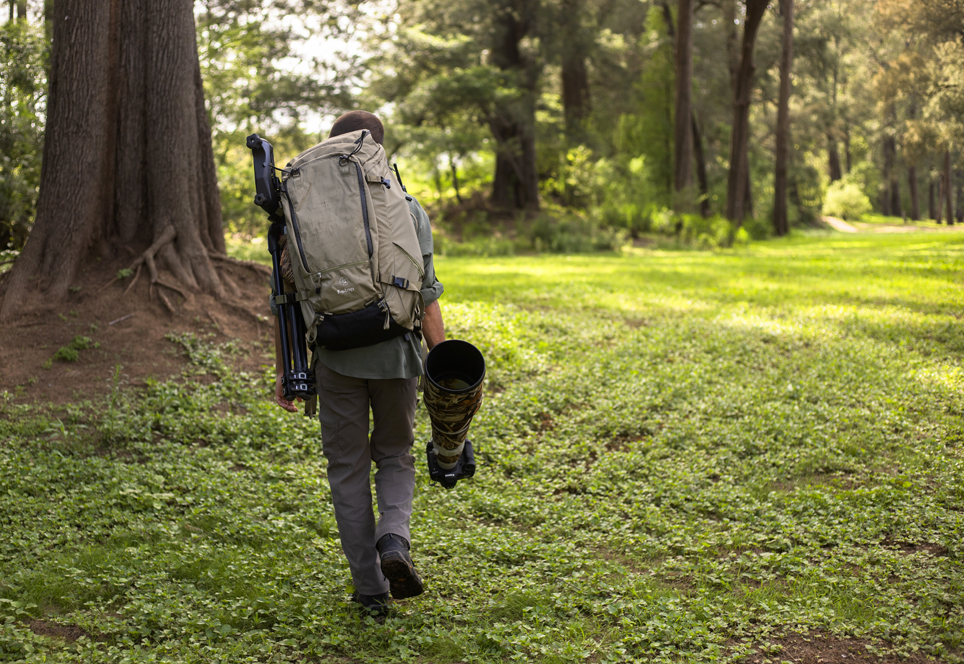
Every “stake out” has fantastic stories. Most of them involve waiting, but, after a long while, these long periods generally result in great images of unique moments in the wild. Here’s a collection of my three favourite stories while hiding inside my photo blind.

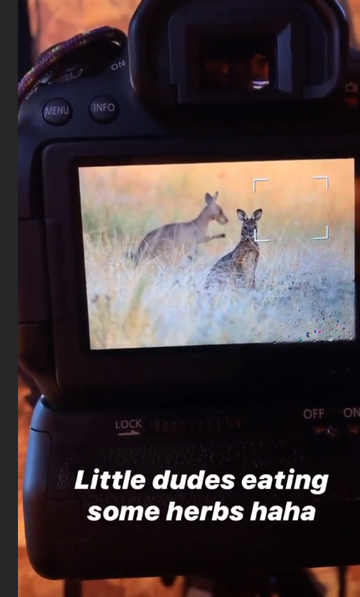
1. Kangaroo Families
During the 2020 autumn period, I decided to start working on a project which entailed tracking and observing Eastern-grey kangaroos while they interacted with their respective families. Kangaroos are generally very cautious and can easily be scared off. Nevertheless, to cause minimal distress and invasion in their habitat while capturing their behaviour, I decided to utilise a photo-blind to observe my subjects.
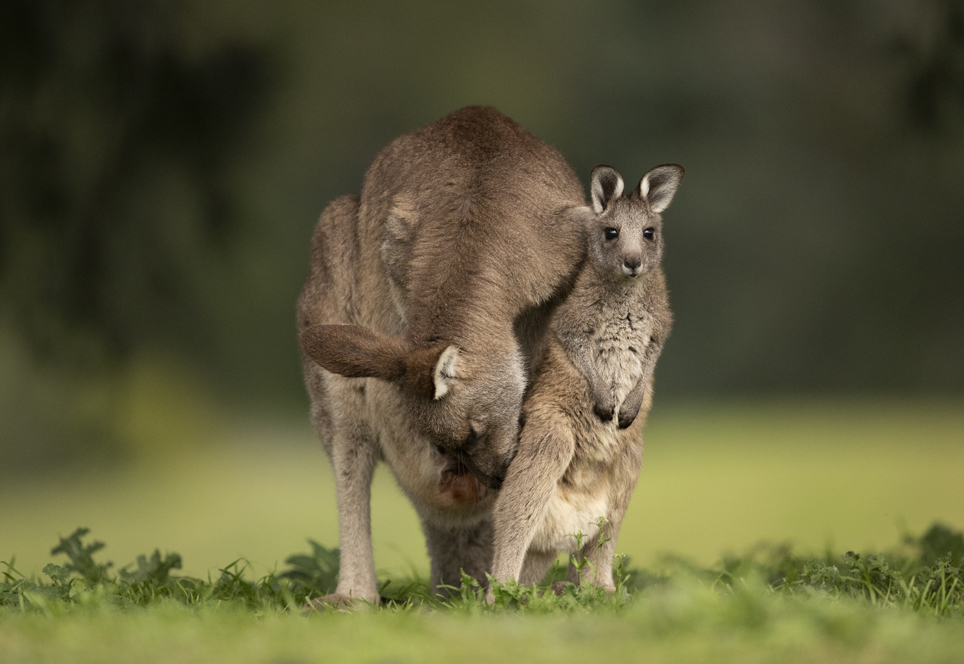
What made my experience exciting was how the kangaroos that I was studying interacted with my hide. Filled with curiosity, kangaroo joeys would approach the camouflaged tent with wide eyes and pointy ears. While slowly coming, occasionally they would stop and sniff the air to try and figure out what that strange object was. However, due to the lack of movement, they would generally give up their curiosity and return to their family interactions.
2. Satin Bowerbird mating displays
One of the most notorious aviary Australian mating displays is that of the satin bowerbird. The male carefully builds a bower on the forest floor and meticulously decorates it with blue objects while waiting for a female to visit his performance stage. With an excellent eye for detail, he will tend to his stage and practice his mating dance daily in the hope of successfully seducing a nearby female. Fortunately, after a long period of study and observation, I managed to find a bower and decided to capture the behaviour of the males that inhabited it. To allow them to fully interact with their habitat and minimise the amount of human interference, I decided once more to utilise a photo blind.
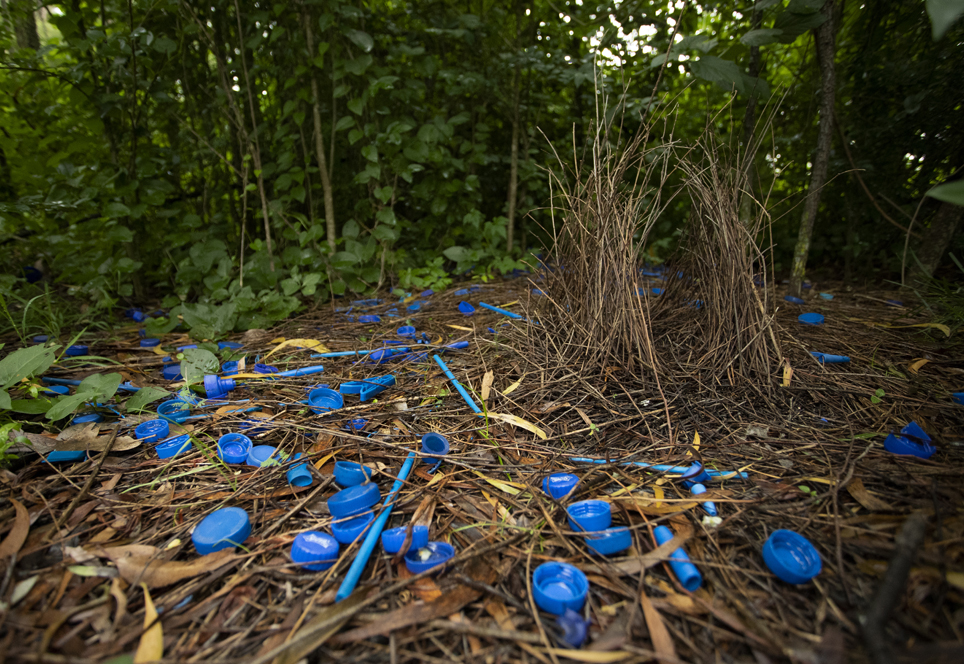
Surprisingly, my photo-hide was nearly invisible to these winged creatures. However, my camera shutter was very audible and a very striking factor. The loud shutter clicks of a Canon 1dx mk2 did not only spark curiosity among the males but also presented them with an opportunity to practice their mating rituals. While seemingly normal to the human ear, camera clicks resemble the chirping noise that a male might produce during his performance. Sometimes, this might be taken as a challenge and thus, lead to a dance competition. Fortunately, for me, this meant more action and an incredible display of talent through my lenses.
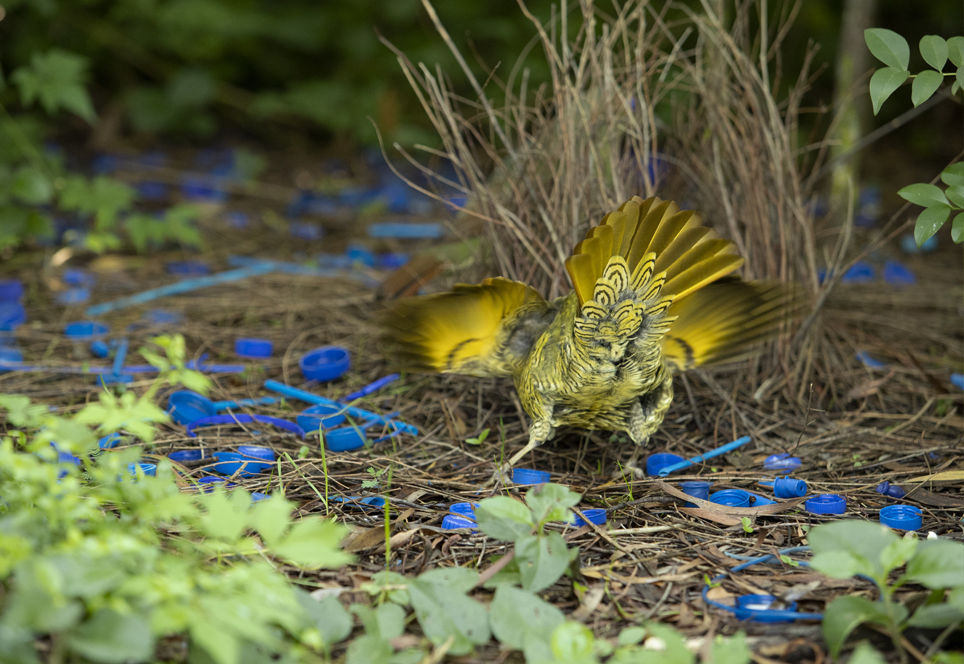
3. Stalking a fugitive
A common but elusive Australian bird is the Superb-lyrebird. These large ground-dwelling birds are typically found in the depths of the Australian forest. Although seemingly dull and ordinary, they can imitate virtually any noise. They are also very shy and will flee upon any contact with humans. However, sometimes, during certain activities, they will be distracted enough to be photographed and studied.
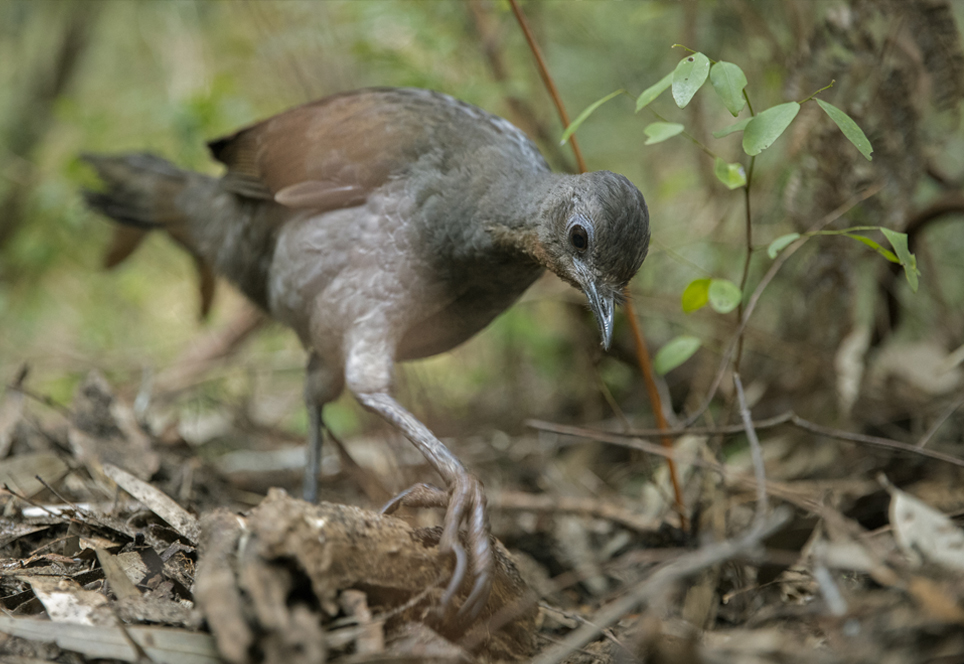
After a significant amount of study and failed capture attempts, I decided to capture lyrebirds while feeding or while chanting to a nearby female. This would allow the species to focus on their current activity and give me enough room to photograph them while distracted. To increase my chance of success, I decided to use a hide once more to conceal me and my gear. Luckily, this was just what I needed to capture the photo I had in my mind.
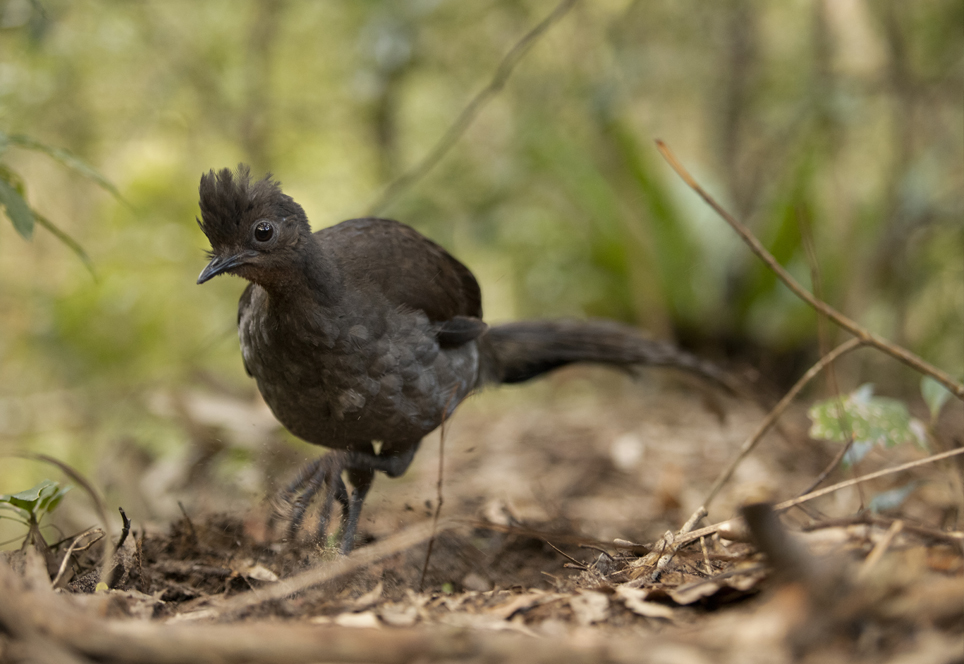
While hiding near a promising feeding area, I was suddenly approached by a female which foraged the forest floor for potential food. While she raked the floor with her enormous feet, she curiously peeked into the strange object covered in leaves which faced her and then got distracted by the leaves and food again. This was by far, one of my favourite moments to witness behind the cover of the hide.
Hiding and its benefits
While it may take a long period of hiding and a large amount of patience to capture a stunning moment, I have personally discovered how rewarding concealment in nature can be. Not only will this help you observe your subject for longer, but it will also minimise the amount of human interference. I am most grateful to brands such as Tragopan and Lenscoat that have facilitated wildlife photography in so many ways and have helped me photograph unforgettable moments in the wild. My Tragopan Monal V2 not only has allowed me to observe and study species up close comfortably but has also protected from the elements for long periods while capturing wild animals.
Personally, what I find more appealing about hides is how they offer us the opportunity to observe wild animals up close with minimal intrusion in their habitat. Indeed, there is nothing better than watching untamed wild animals in their natural habitat and nothing more rewarding than conserving them that way in the wild.
